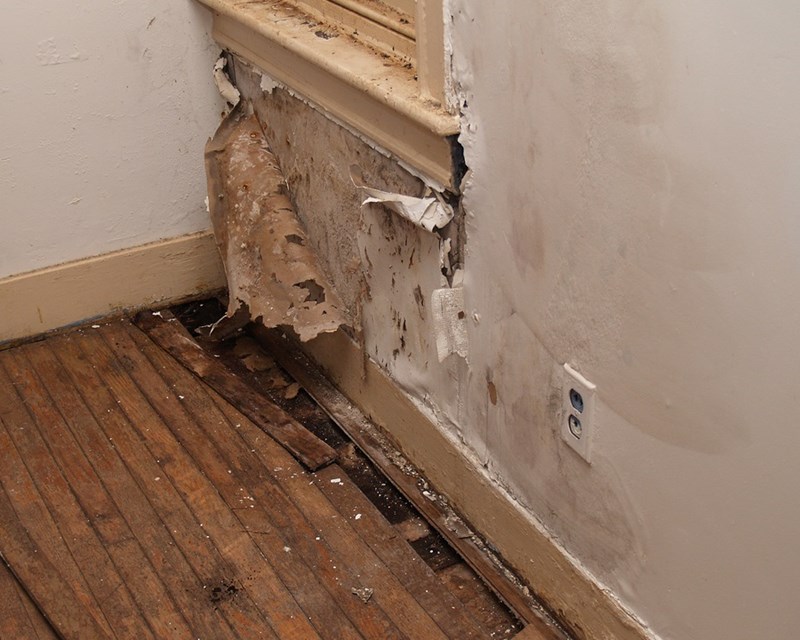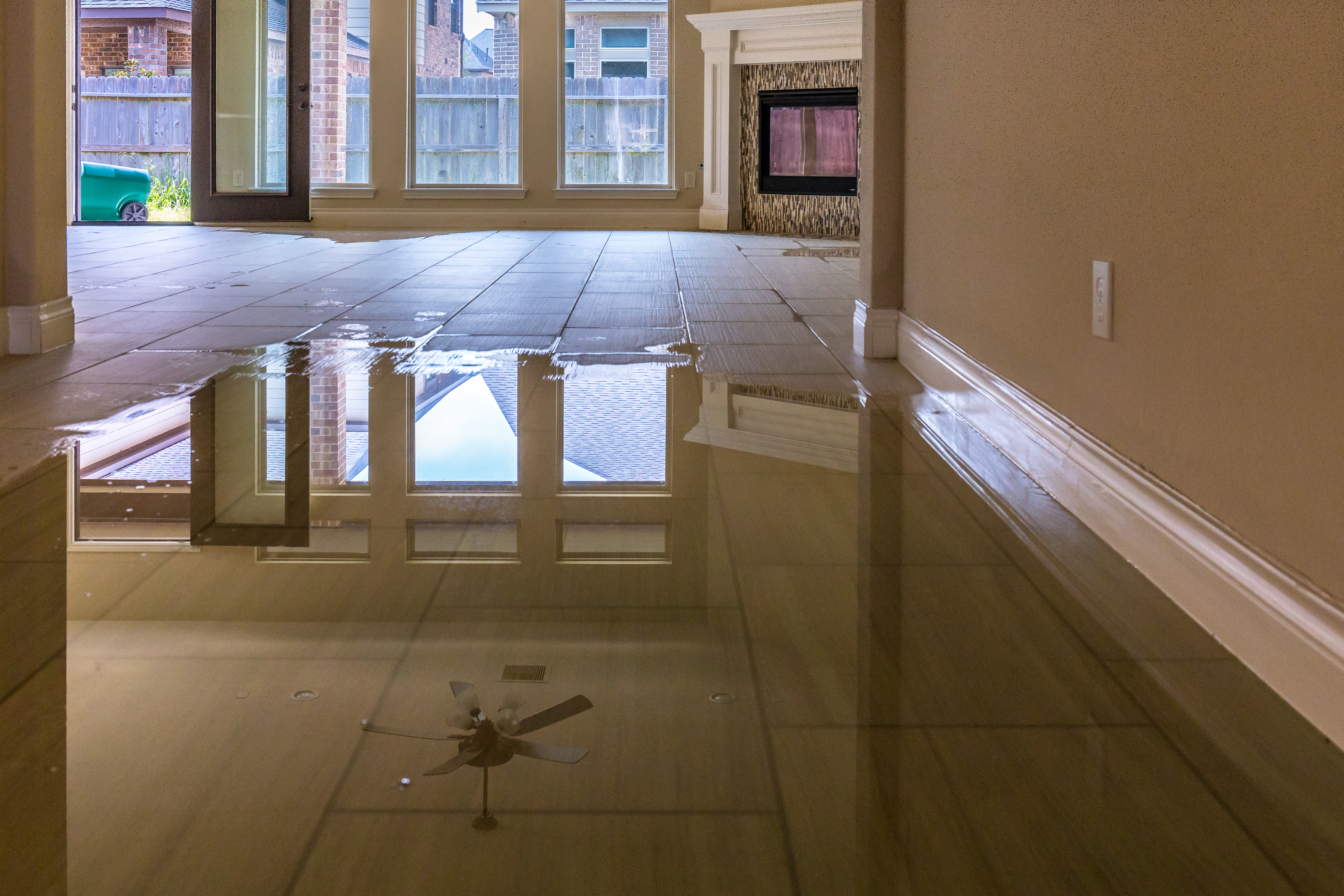We have uncovered this article involving Preventing Water Damage in the Bathroom directly below on the net and accepted it made good sense to talk about it with you on this page.

The shower room is exceptionally at risk for wet buildup and also potential water damage due to the frequent use water in it. This article provides basic examination techniques to assist finding water damages hazards.
The regular use water in the washroom makes it exceptionally vulnerable for moist build-up as well as possible water damages. By inspecting it frequently, you can decrease water associated problems.
The adhering to collection of inspections is easy to carry out as well as ought to be done when in every three months in order to keep your restroom in good shape and to prevent potential water problems brought on by the bath tub, the shower, pipeline joints as well as plumbing, sinks, closets, and the toilet
Do not neglect carrying out these evaluations as well as be extensive while doing them. Bear in mind that these easy evaluations can save you a lot of money by giving very early signs for water damages
Tub as well as Shower
The shower as well as tub need special attention and maintenance. Examine the floor tiles as well as replace if cracked. See to it that there is no missing out on grout between the floor tiles. Examine and change split caulking at joints where the walls meet the flooring or the bathtub. Obstructed drains pipes as well as pipes problems will protect against the bath tub from drying out and also might indicate serious problems under the tub. Talk to a professional immediately to stop structural damage. Pay attention to stainings or soft areas around the bathtub wall surfaces as they might suggest an inner leak.
Plumbing
Signs for water damage are difficult to spot given that a lot of pipes are set up inside the walls.
Pay unique attention to floor covering and wall surfaces moisture as well as stains as they might suggest an invisible plumbing trouble. Inspect moisture degrees in adjoining areas also.
Sinks and Cabinets
Sinks and also cabinets are revealed to wetness and moisture daily as well as are often ignored. Inspect on a regular basis under the sink and on the kitchen counter above it. Fix any drip in the catch as it may recommend drain troubles. Take a look around the sink, sluggish draining pipes might indicate an obstructed drain. Replace sink seals if they are cracked or loose.
The Commode
The toilet is a susceptible water joint. Examine the water lines and look for leakages around the toilet seat, in the pipe, and also under the water tank. If you discover any kind of signs of wetness on the flooring around the toilet, check for leakages in the toilet edge and tank seals.
Know that hanging commode bowl antiperspirants increases the possibilities for obstructions.
TIPS TO PREVENT WATER DAMAGE IN THE BATHROOM
The average household uses approximately 80-100 gallons of water per person per day. For a family of 4, that's almost 2,500 gallons of water a week! The largest portion of this consumption comes from bathroom use. Flushing the toilet uses the most water, followed by taking a shower or bath. With that much water running through the home, water damage in the bathroom is bound to happen. Knowing how to spot signs of a water leak is essential to preventing long-term damage. This guide provides you with tips to reduce the impact of water damage on your bathroom.
CAUSES OF BATHROOM WATER DAMAGE
Pipe breaks are the most common cause of water damage we see in our daily jobs. The age of a pipe plays a large role in a pipe break as well as corrosion. Over time, the metal begins to break down, allowing water to escape. Frozen pipe breaks are also a concern in the winter months. Toilet overflows caused by paper products or children flushing inappropriate items. Degraded caulking around the toilet or bathtub can allow water seepage, sometimes behind the fixture, into the subfloor or walls. Condensation forms when the water in a pipe is cooler than the air temperature. Beads of water form on the exterior of the pipes, sometimes so much so that the water begins to drip and pool below. Sink or shower backups created by poor drainage. HOW TO PREVENT WATER DAMAGE IN YOUR BATHROOM
Inspect your toilet supply line for worn or frayed hoses and replace them as needed. Winterize your plumbing to prevent a frozen pipe break. Use vent fans to prevent condensation that can lead to mold growth. Routinely check and replace degraded caulking around your toilet or bathtub. Increase the temperature in your toilet tank and insulate your pipes during the warm summer months to keep condensation from forming. Use child safety locks on the toilets. Flush only toilet paper. "Flushable" wet wipes are actually not good for your plumbing system. Additionally, feminine hygiene products should not be flushed. Prevent water from escaping the tub or shower. Make sure shower curtains are in good condition. Inspect shower doors and replace the seal strip if necessary. Wipe up any water that accumulates on the floor and use bath mats. Water left to sit can cause damage to the tiles and flooring. Refrain from using bath products containing heavy oils to avoid a clogged drain.

I hope you liked our article on How to Fix a Water Damage Bathroom. Many thanks for spending some time to browse our piece. In case you enjoyed reading our blog entry plz don't forget to pass it around. Many thanks for taking the time to read it.
Call Today